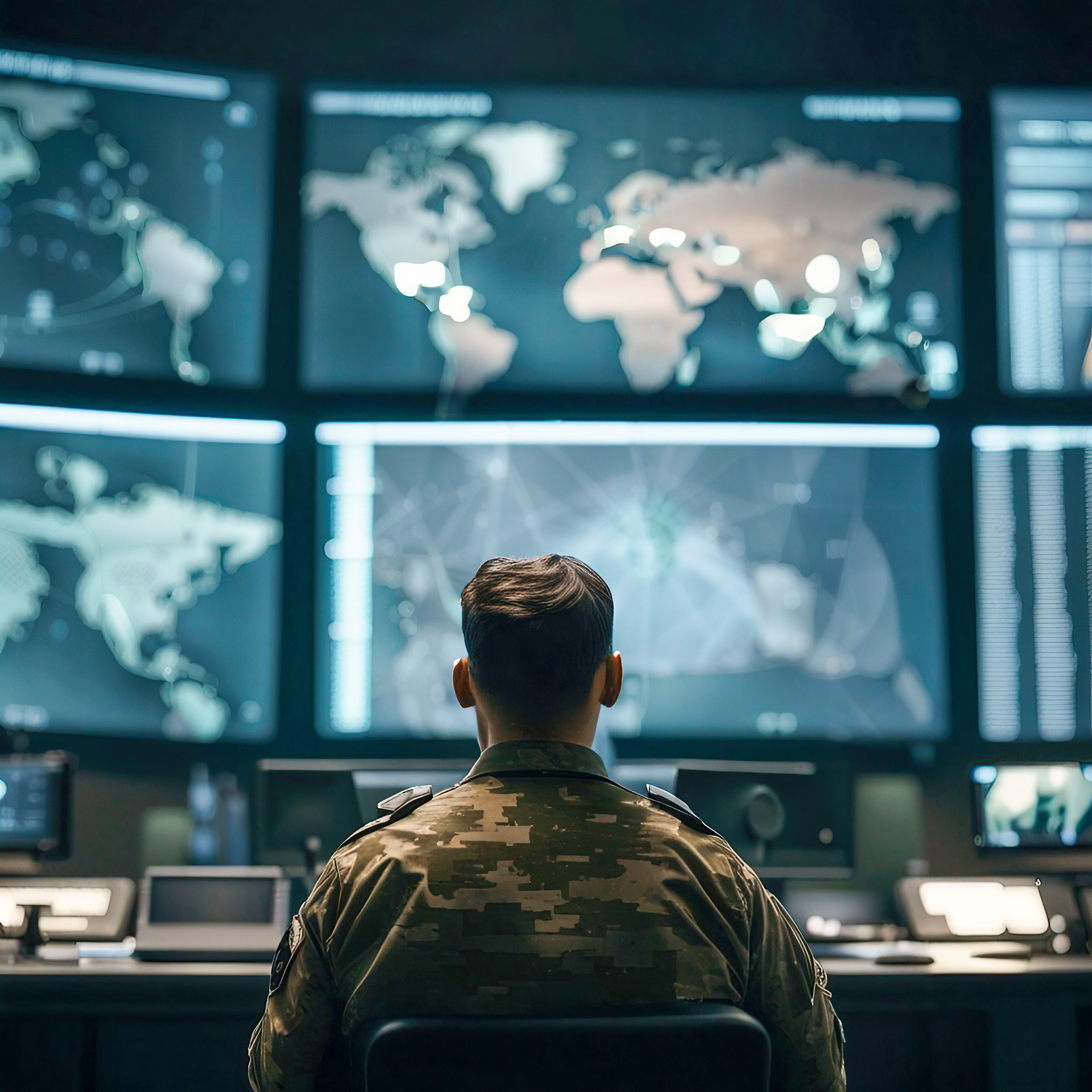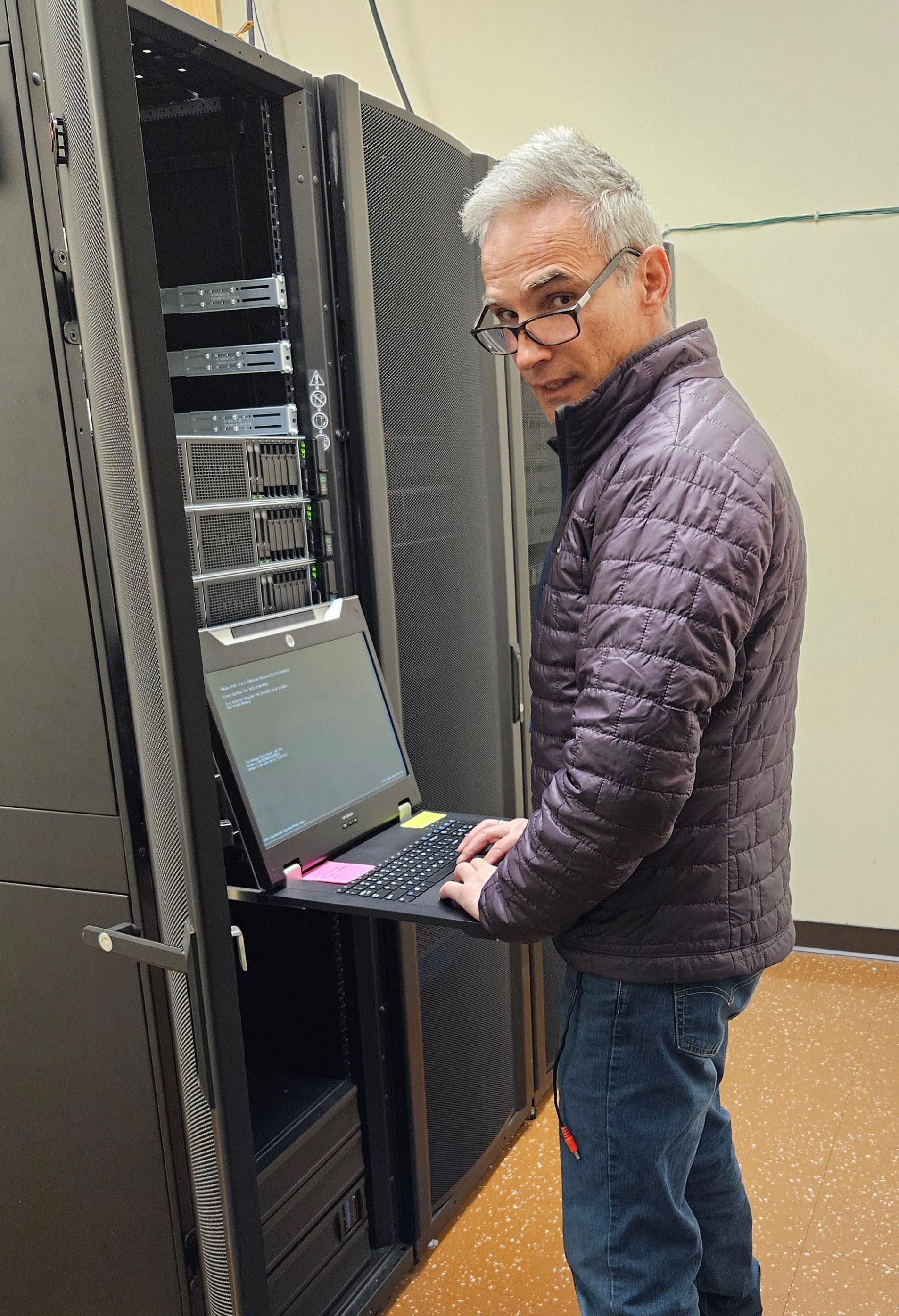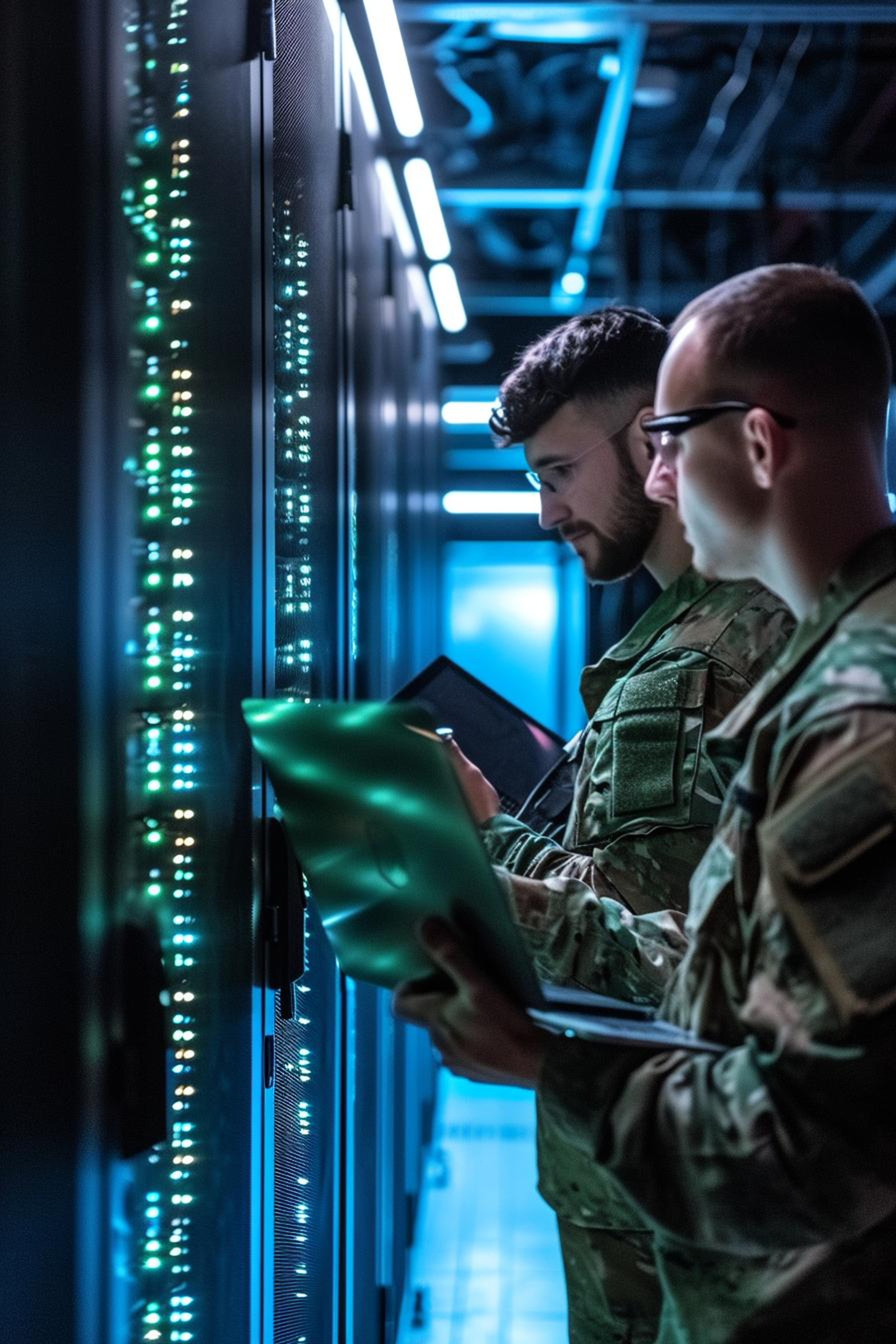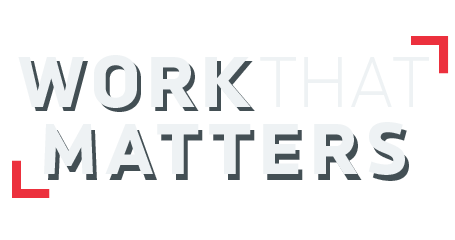ECS Systems Engineer Rob Laposta oversees some of the most important servers, storage, and virtual machines (VMs) in the world.
The Army Endpoint Security Solution (AESS) that ECS provides for U.S. Army Cyber Command protects 750,000 U.S. Army endpoints (computers, phones, tablets, etc.) around the world from malware that’s growing at a rate of 16.8 million new, unique pieces of malware per month.
AESS is the only true managed security service used by the U.S. Army. It’s also the only deployed, fully integrated cybersecurity solution that offers all the endpoint security and management capabilities required by Joint Force Headquarters ― DoD Information Network.
AESS is delivered from a handful of U.S. Army data centers located around the world, and that’s where Rob’s work comes in. The many racks of servers and storage components in those data centers — along with the VMs running on them — are the focus of his passion, dedication, and hard work.

Q: Could you give us an overview of the work you do and where you do it?
A: Sure! I build and maintain the house all our AESS services live in. By that I mean creating and using software-defined data centers (SDDCs) located on Army bases around the world. It’s from these data centers that ECS delivers the AESS protection services.
Typically, we manage everything remotely from our home base here at Fort Huachuca, in very southeastern Arizona, and from our nearby corporate office and test lab facility. We run 24/7/365 operations, so there’s always someone here to answer the phone if anyone, anywhere has a problem.
I normally travel once or twice a year, as we don’t have personnel at every data center, and some technical issues require a hands-on fix.
I also travel to deploy additional servers and storage disk shelves, when AESS expands the cyber services we provide for the Army. It’s exciting to build and deploy new capabilities to counteract the malware threats that attack networks every day.
Q: Your work has you travelling a lot lately. Why is that?
A: Yes, I’ve traveled to bases in Kuwait, Germany, Hawaii, and all over, as we update our equipment from a lifecycle perspective. In the fall, we replaced all our storage components and added faster storage nodes and faster NVMe storage disk shelves to keep up with our growing storage requirements.
We’re also replacing our servers, which are nearing their end-of-life, with servers that will offer more computing power and memory [RAM]. This will support new VMs for new services and more SQL databases and help us meet new collection requirements.
The work in the data centers can be physically demanding. We’re pulling heavy components from the racks, labeling them, cabling new servers with 10G or 40G NICs, and straightening out the rat’s nest of cables beneath the floor. You’d be surprised by how much stuff is jammed under the floor!

Q: If you had to name one special skill or strength you bring to your work, what would it be?
A: Virtualization and hardware. Our infrastructure is built on VMware, and my greatest strength is my ability to install and integrate the servers and storage that make up the SDDC, and work with our network team to break up services within VLANs [virtual local area networks] for security and efficacy.
One of the things I love about my job is that I can continue to grow these strengths. I continue to learn about VMware virtualization, NetApp storage, HPE servers, and other technologies, to make our SDDCs run as well as they possibly can.

Q: Could you say more about the rewarding aspects of your work?
A: I get to use my 25 years of IT experience to run, manage, and configure to make our infrastructure operate as well as it possibly can. We are one of the few COCO [contractor owned, contractor operated] contracts in the Army. We’re always beating our SLAs [service level agreement performance metrics], and this is partly due to the equipment being owned by ECS rather than the Army.
Because ECS owns the equipment, I can replace components or fix or tune the system within a day and just submit a change request to AESS CM afterwards. We’re not slowed down by lengthy government procurement or task-order processes, which we’ve had to cooperate with at times and can turn a one-week process into a months-long project. This has made AESS a big DoD focus; it’s an “as-a-Service” contracting option that our project manager is always happy to offer to other organizations.
AESS has worked extremely well. A lot of people are chasing Matt Borman [ECS’ vice president of Army Cyber AESS] because he has such a great reputation for providing a fantastic, stable, and well-regarded service to the Army.
The Army is excited about what we’ve done for them and our ongoing innovation to better secure endpoints and the Army network. I’m a Veteran, and while I’ve had to pass the soldier baton off to younger soldiers, it means a lot to me to be able to continue providing security for all our Army troops!







